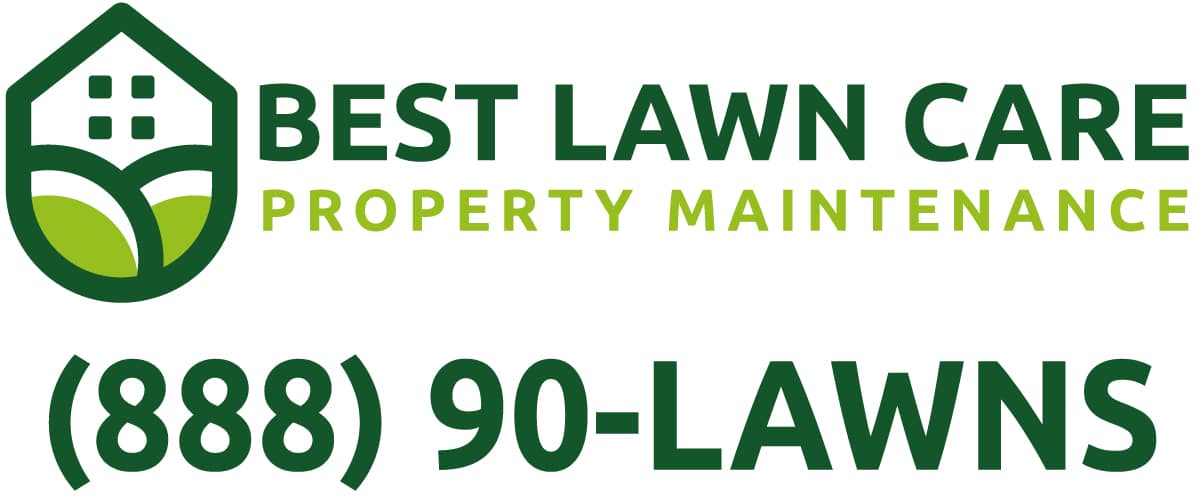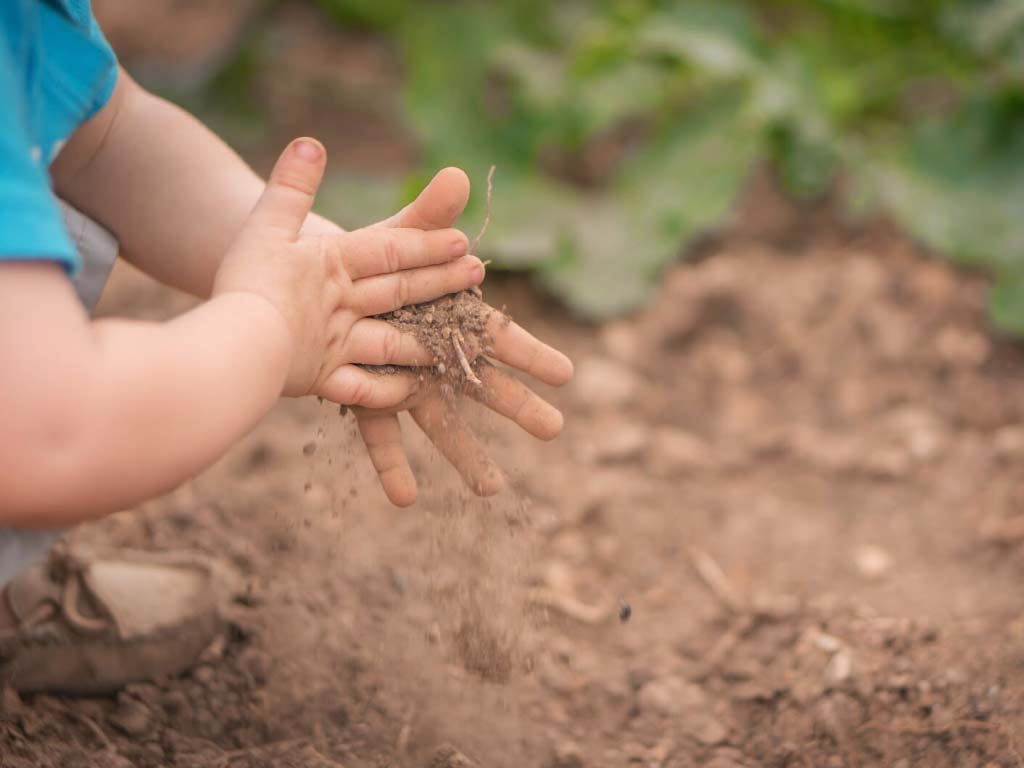This answer varies depending on what part of the country you live in. I will focus on what we have learned while treating lawns here in Wheaton, Glen Ellyn and throughout Chicagoland.
The easy answer is fertilize your grass when it is growing. Most of the lawns in our area are high Bluegrass blends. That means our lawns grow the most in Spring and Fall, and go dormant in Summer and Fall. Your fertilizing schedule should reflect these growing seasons.
Second, we want the fertilizer to last into late June or early July when the heat kicks in. Another reason to wait is that if you follow our full fertilizing suggestions, then your lawn will have leftover fertilizer from the previous Fall’s treatment.
The second application of fertilizer we recommend comes in late Summer or early Fall. We like to have fresh fertilizer down for grass as it comes out of Summer dormancy. This application feeds the lawn through the growing Fall season.
Our final fertilizer application comes later in the Fall season. For this treatment we use a slow release fertilizer. Our reasoning behind this is that some of the fertilizer becomes available to the lawn to keep it happy late into Fall, while the rest remains in the soil over the Winter. That remaining fertilizer is readily available for the grass in Spring.
The third application isn’t always necessary, but we recommend it because Chicago. Two things we never know are when the first and last snows are coming. If the first snow holds off until December, then the grass is well fed for the longer growing season. And if our last snow comes in March, then the remaining fertilizer is enough to keep the lawn growing happy until our mid-to-late May treatment.
In both our 5-visit and 7-visit lawn care treatment plans, we include 3 annual fertilizing visits. We are flexible though! If you only want 5 visits, but would like to switch out the third fertilizing for a winterizing treatment, we are happy to oblige.



